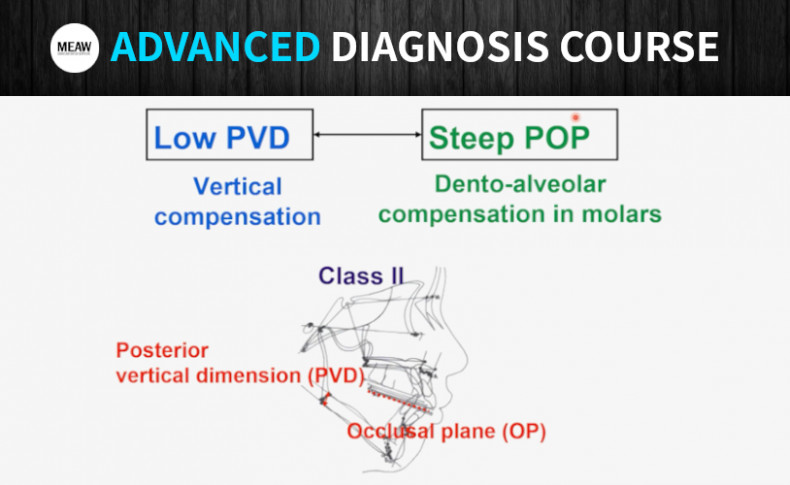- 1) credit card
- 2) Account transfer
- 3) Payment methods provided on other sites
- Before using points
- - Within 7 days of purchase: transaction cancellation (full refund).
- - More than 7 days after purchase: Partial refund after deducting cancellation fee and penalty.
- After using points
- - Cancellation fee + refund after deduction of course purchase details.
- - If 7 days have elapsed from the payment date, additional penalty is deducted.
- - Bonus points received when purchasing points are not included in the refund amount.
- - Penalty: More than 7 days after service starts: 10% of the payment is deducted from the refund amount.
- - Lecture purchase details = List price of individual lectures X (Used lectures / All lectures).
- 1) Members may request cancellation of payment (subscription withdrawal) from the company within 7 days from the date of payment, provided that the member has not used the paid service or product at all.
- 2) A member applies for withdrawal of subscription after the period (within 7 days from the payment date) for withdrawal of subscription for paid services or products for which subscription withdrawal is possible, Act on Consumer Protection in Electronic Commerce, etc., Content Industry Promotion Act , In the case of content that falls under the reasons for restriction of withdrawal of subscription as stipulated in other related laws such as online digital content user protection guidelines, subscription withdrawal is restricted.
- 3) Payment cancellation and refund will take effect when a member expresses his or her intention to the company by phone or e-mail and reaches the company, and the company informs the member without delay after receiving the member's indication of intent.
- 4) The company deducts and refunds the amount purchased by the member by applying a predetermined standard rate applied by the company within a reasonable range , taking into account the profits obtained through the service or product, such as the number of actual content subscriptions and the period used by the member.
- 5) When the company refunds to the member , all or part of the payment is refunded in the same way as the payment for the use price . However, if a refund is not possible in the same way, it will be immediately notified to the member and refunded at the member's option.
- 6) The company does not bear the duty of refund for services for which the member does not pay the cost directly , such as receiving a paid service or product as a gift or acquiring it for free or free through promotions, etc.
- 7) If a member finds a content abnormality while using the company's service , he or she can receive a refund based on the standard applied by the company within a reasonable range.
However, in the case of a malfunction due to a member's mistake or error, refund is not possible.
- 1. Subscription can be withdrawn within 7 days from the date of receipt of goods such as textbooks. However, if the contents of the goods are different from the contents displayed or advertised by the company or are performed differently from the contents of the contract, within 3 months from the date of receipt of the goods, etc., 30 days from the date of knowing or knowing the facts. You can withdraw your subscription within the next few days.
- 2. When a member cancels the subscription for goods, he/she must return the goods supplied to the company, and the company refunds the payment already received within 3 business days from the date the goods are returned.
- 3. If the goods are partially consumed when withdrawing the subscription, the amount is deducted and refunded, and the member is responsible for the expenses necessary for the return.
- 4. Member withdrawal of subscription is restricted in the following cases.
When the goods are lost or damaged due to the member's responsibility. However, the case where the packaging, etc. is damaged in order to check the contents of the goods, etc. is excluded.
When the value of goods, etc., has significantly decreased due to the member's use or partial consumption.
When the value of the goods has decreased significantly over time, making it difficult to sell again
If the packaging of reproducible goods, etc. is damaged



